 |
| Dak Sor 2 Hydropower Dam in Long Son Commune (Dak Mil, Dak Nong ) is being operated to both generate electricity and ensure water for irrigation of crops. Photo: Minh Hung/VNA |
To proactively respond, Vietnam Electricity Group (EVN) said it has calculated the balance of electricity supply and demand for 2024 with electricity demand increasing by nearly 9% compared to 2023. The Group has also proposed storing water earlier than every year for hydropower plants in the river basins of the northern provinces to soon reach normal water levels and schedule high mobilization from coal-fired thermal power sources from the beginning of the year to regulate and maintain high reservoir water levels.
Lessons of power shortage
Hydropower plants play an important role in the national power system. In addition to generating electricity, they also actively participate in flood control, providing water downstream for industrial and agricultural production and domestic water supply. The total capacity of hydropower sources by the end of 2023 is 23,595 MW.
The flood-prevention capacity of hydroelectric reservoirs nationwide is 15.8 billion m3; of which, the North is 15 billion m3. With that role, reservoirs, especially the Northern region, are required to store water with a useful capacity of mostly over 90% and not less than 70% by November every year - the beginning of the dry season.
Particularly for the North, hydropower accounts for 43.6% of the total power source in the region. Therefore, if there is a water shortage, it will directly affect the power supply for this region. While solar and wind power sources are increasing sharply, the role of hydropower becomes more important and irreplaceable in improving the working mode of the power system...
According to expert Dr. Nguyen Huy Hoach, Vietnam Energy Association, the amount of water in the hydroelectric reservoir is not enough at the end of the dry season due to the increasingly severe climate change, low water levels while hot weather increases the demand for electricity. According to the report of the National Power System Dispatch Center (A0), in 2023, the total amount of water stored in the reservoir will reach 12.96 billion kWh, a shortage of 2.1 billion kWh compared to the normal water level.
Lack of water storage combined with drought, but hydropower plants still have to mobilize maximum capacity because thermal power plants do not have enough fuel supply to operate stably. On the other hand, a series of new coal power projects in the North are behind schedule (such as: Na Duong 2, Nam Dinh 1, An Khanh - Bac Giang , Vung Ang 2, Quang Trach 1, Duc Giang and Cong Thanh), or have been eliminated (such as Quynh Lap 1) is the main cause of power shortage in the North in the summer of 2023.
How to use water?
 |
| Panoramic view of Tuyen Quang Hydropower Plant, located in Na Hang district, Tuyen Quang province. Photo: Vu Quang/VNA |
According to a report from the Electricity Regulatory Authority (Ministry of Industry and Trade), in the 11th week of 2024 (from March 11 to March 17), water inflow to hydroelectric reservoirs across the country was still low compared to the average of many years. Specifically, hydroelectric reservoirs in the Northern region had water flow reaching only about 25 - 96% of the average of many years. In the Central region, 19/27 reservoirs had water flow much lower than the average of many years. In the South, except for Dong Nai 2, Ham Thuan and Da Nhim, where water flow was higher than the average of many years, the remaining reservoirs had water flow lower than the average of many years by 29-70%.
According to Mr. Ha Dang Son, Director of the Center for Energy and Green Growth Research, operating hydropower plants optimally, saving water in the dry season and reducing excess water discharge in the flood season, providing stable electricity to the system and supplying water to downstream areas is a problem between energy security and water balance.
Dr. Nguyen Huy Hoach said that to ensure stable operation of hydropower plants, it is necessary to study solutions to regulate distribution, use water reasonably and improve the capacity to forecast water resources in 2024 and the following years. With the shortage of water in hydropower reservoirs in the first half of this year, in addition to objective and subjective reasons, it is necessary to apply scientific and technical advances to increase the efficiency of hydropower plants. From there, in order to cope with the negative impacts of the weather, ensure stable electricity supply for production and daily life.
Currently, in the operation of hydropower plants, the forecasting of rain and inflow to the reservoir is still limited, due to the lack of technical conditions for forecasting for each unit in the reservoir basin, so saving water is difficult to implement. Therefore, in the short term, it is necessary to quickly apply technical solutions to optimize operations to save water for hydropower plants.
In the long term, it is necessary to study solutions to regulate water distribution and use reasonably and flexibly with the weather for hydropower by coordinating plans by season, or all year, or many years for large reservoirs. At the same time, increase investment in modern monitoring systems to continuously update the hydrological situation, weather, water resources on rivers, reservoirs, and the current status of water exploitation and use of upstream projects. This helps to allocate water resources reasonably and balance between power generation and water supply for production and daily life.
According to the National Water Resources Plan (by 2030), the total water volume is forecast to reach more than 940 billion m3, an increase of about 2% compared to the present. Water resources are completely sufficient, but experts say that developing appropriate solutions to increase the operational efficiency of hydropower plants as well as balancing water resources for production, daily life and ensuring energy security is very necessary in the context of increasingly unpredictable climate change.
Source


![[Photo] Prime Minister Pham Minh Chinh chairs the national online conference on combating smuggling, production and trade of counterfeit goods.](https://vphoto.vietnam.vn/thumb/1200x675/vietnam/resource/IMAGE/2025/6/23/4a682a11bb5c47d5ba84d8c5037df029)




![[Photo] Prime Minister Pham Minh Chinh holds meeting to launch exhibition of national achievements to celebrate 80th National Day](https://vphoto.vietnam.vn/thumb/1200x675/vietnam/resource/IMAGE/2025/6/23/0c0c37481bc64a9ab31b887dcff81e40)
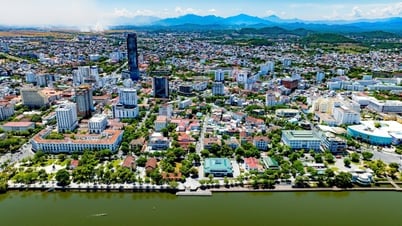















![[Photo] Party Congress of the Central Internal Affairs Commission for the 2025-2030 term](https://vphoto.vietnam.vn/thumb/1200x675/vietnam/resource/IMAGE/2025/6/23/5bf03821e6dd461d9ba2fd0c9a08037b)





























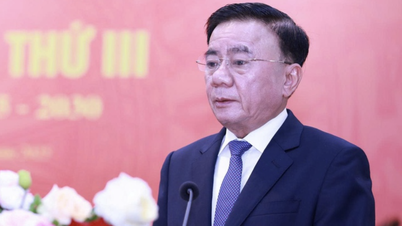







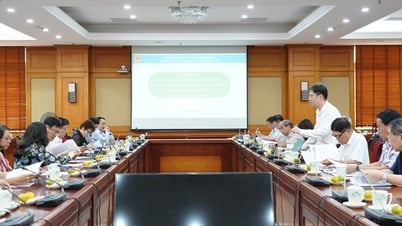








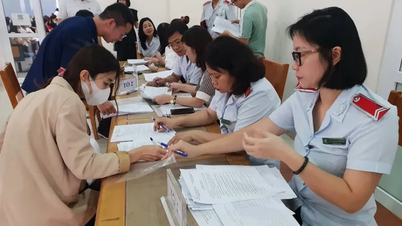

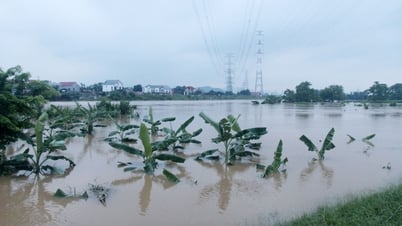




















Comment (0)